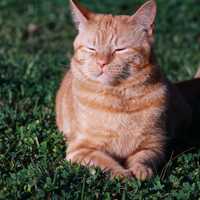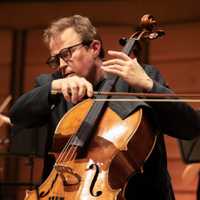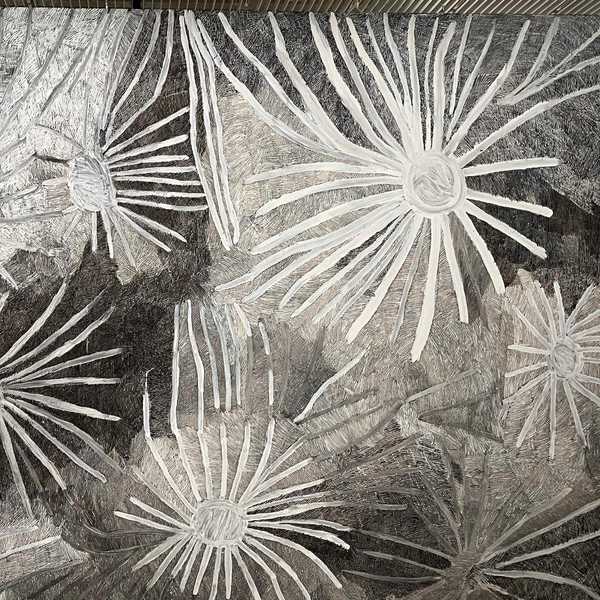Visited Friday 6 September 2019
Reviewed by Rosalind Gustafson
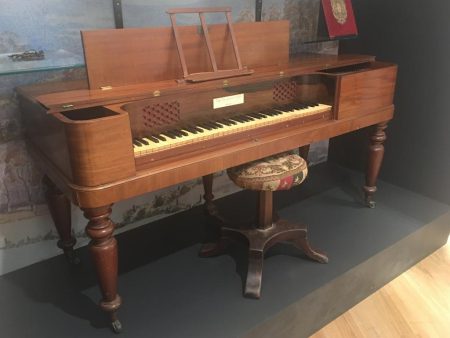
An exhibition covering a subject that has no doubt long gone overlooked by many, Songs of Home does a fine job of providing a broad overview of the topic of music in early colonial Australia, with enough details and specifics to keep a viewer immersed in a subject that is far richer than it would seem at first glance. By covering music as it related to almost every aspect of colonial, convict, and Aboriginal life, and by showing how music was used to create a sense of home, the exhibition illuminates life in this time period and how music played into it on a larger scale. It is not perfect—there is a significant imbalance in the exhibition in favour of the colonisers—but it is still rich and immersive, and it comes highly recommended by this particular reviewer.
No detail is missed, at least in so far as I can tell. In addition to giving an excellent general overview of the subject, the exhibition also touches on many other topics of note that others may not have thought of, and it includes numerous minutiae and small details that help paint a much clearer picture of music in the time period. This picture is both audio and visual, with the audio component consisting of an iPod loaded with almost 60 tracks, ranging from songs of the corroborees to colonial folk songs to Christmas hymns to bombastic opera songs to songs parodying the wide range of skills required of governesses. Of course, these are modern renditions, but being given the chance to hear the music and not simply read about it allows the listener-viewer a much greater understanding of and immersion in the narrative, and I found the tracks to be one of the best features of the exhibition. Certainly, I would have been glad to have received a list of the songs—I would have loved to have listened to them again in my own time, and I’m sure I’m not the only one.
The visual component of the exhibition is equally extensive, covering topics as diverse as the harvest home, the music of military bands, the first Australian bagpipes, the Aboriginal corroborees and the cultural exchange that took place between them and the colonists, social satire in Georgian England, how music was learnt and appreciated in the different social classes, the earliest colonial composers such as Frederick Ellard, music retailers, and so on and so forth. At one point, the exhibition does not shy away from tackling the subject of blackface and minstrelsy, and it does so in a respectful manner, not hesitating to display a photo of men in blackface while making it clear that the genre came from a place of prejudice that should be condemned.
The items on display are just as diverse, with colonial and Aboriginal instruments only being a portion of it: there are also books containing sheets of music that once were used by young women as part of their education (including one that belonged to Jane Austen), a letter from Bennelong, portraits, tickets to concerts, receipts for purchases, paintings, individual sheets of music, colonial and Georgian English fashion, a list of the convicts who were transported to Australia, their crimes and the length of their sentences, and far more else than I can describe here. It is an extremely rich picture, greatly enlightening for the layman who knows little about the subject when they first enter without being so dense as to be incomprehensible, and I am sure that even those who have some familiarity with the subject will learn something that they did not know before.
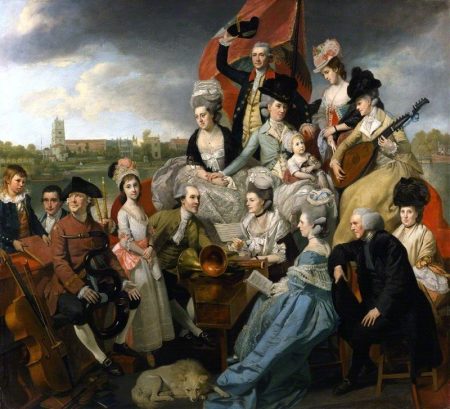
There is a rather interesting use of space in this exhibition, in the sense that the space into which the viewer first enters blends seamlessly with an unrelated section of the museum that revolves around architecture. Given the strong theme of home in the exhibition, one could look at this as either a benefit or a flaw: on the one hand, the information presented—particularly on Aboriginal judge Bob Bellear and the BLF’s fight to preserve the Rocks and other areas of heritage value in Sydney—serves as an excellent corollary to the exhibition. On the other, that this is not marked out as such weakens the exhibition’s narrative, the more so given the thematic emphasis of music over that of home. At the very least, some demarcation as to where the exhibition ends would be useful; I found myself becoming rather confused on this point during my visit, and this took me out of the experience, to some extent.
The exhibition does an admirable job of including Aboriginal perspectives, music, and history, and the discussions of the cross-cultural mixing that took place add an unanticipated and, I would wager, largely unknown dimension to the story of early coloniser–Aboriginal relations. Nevertheless, in a number of respects, there is a significant imbalance. While Aboriginal music receives a decent share of attention, the majority of the exhibition is still dedicated to the colonisers, and while emphasis is given to the colonists’ attempts to remain connected with their old homes and the convicts’ efforts to deal with the hardships of their imprisonment through music, no such attention is given to the Aboriginal experiences of dispossession and conflict with the colonists and how this was explored in music. A number of colonist families, such as the Rouses and the Pipers, as well as individuals, have exhibits of their own, while only a few notable Aboriginals recur throughout the exhibition’s narrative, and no families. Given the exhibition’s emphasis on exploring both colonial and Aboriginal music, this imbalance might leave a poor taste in the mouth, though that is not to say its efforts should not be appreciated.
Overall, Songs of Home is a deeply enriching experience that provides a thorough grounding in the topic of music in early colonial Australia without being incomprehensible and that does its best to give equal attention to Aboriginal and colonial perspectives, even if it does not always succeed. Even if the topic is not to the reader’s tastes, I would still recommend a visit—there’s something for everyone here, as it should be with music.
What: Songs of Home exhibition
When: 10 August 2019–17 November 2019
Where: Museum of Sydney, Corner Phillip and Bridge Streets, Sydney, NSW 2000
Price: $12–$15
Exhibition details here: Songs of Home
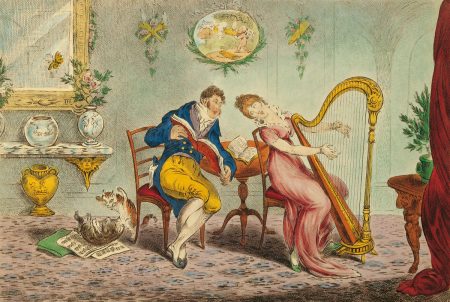
Share "Review: “Songs of Home” Exhibition"
Copy


